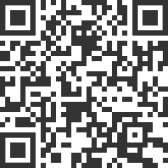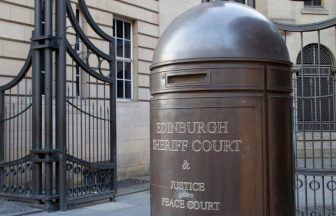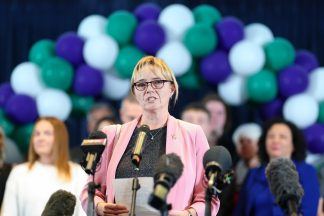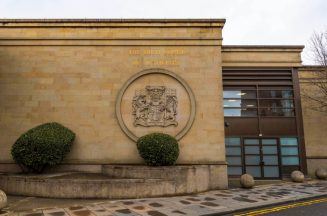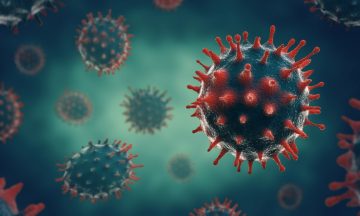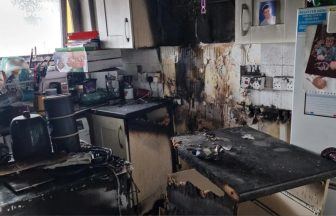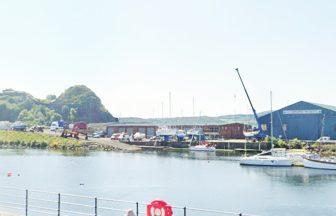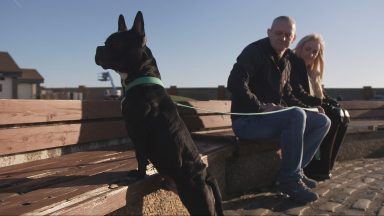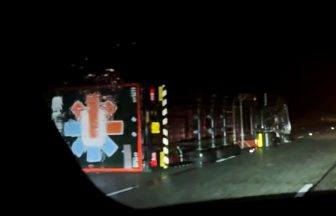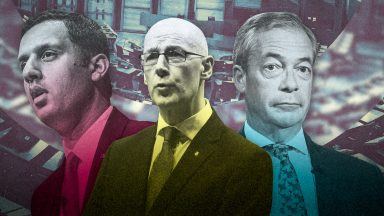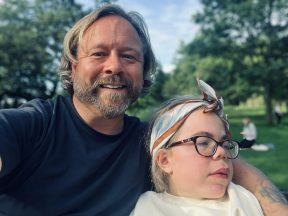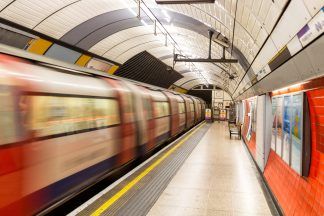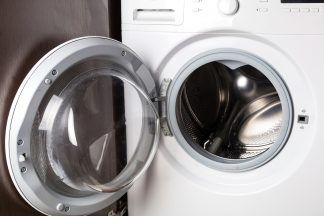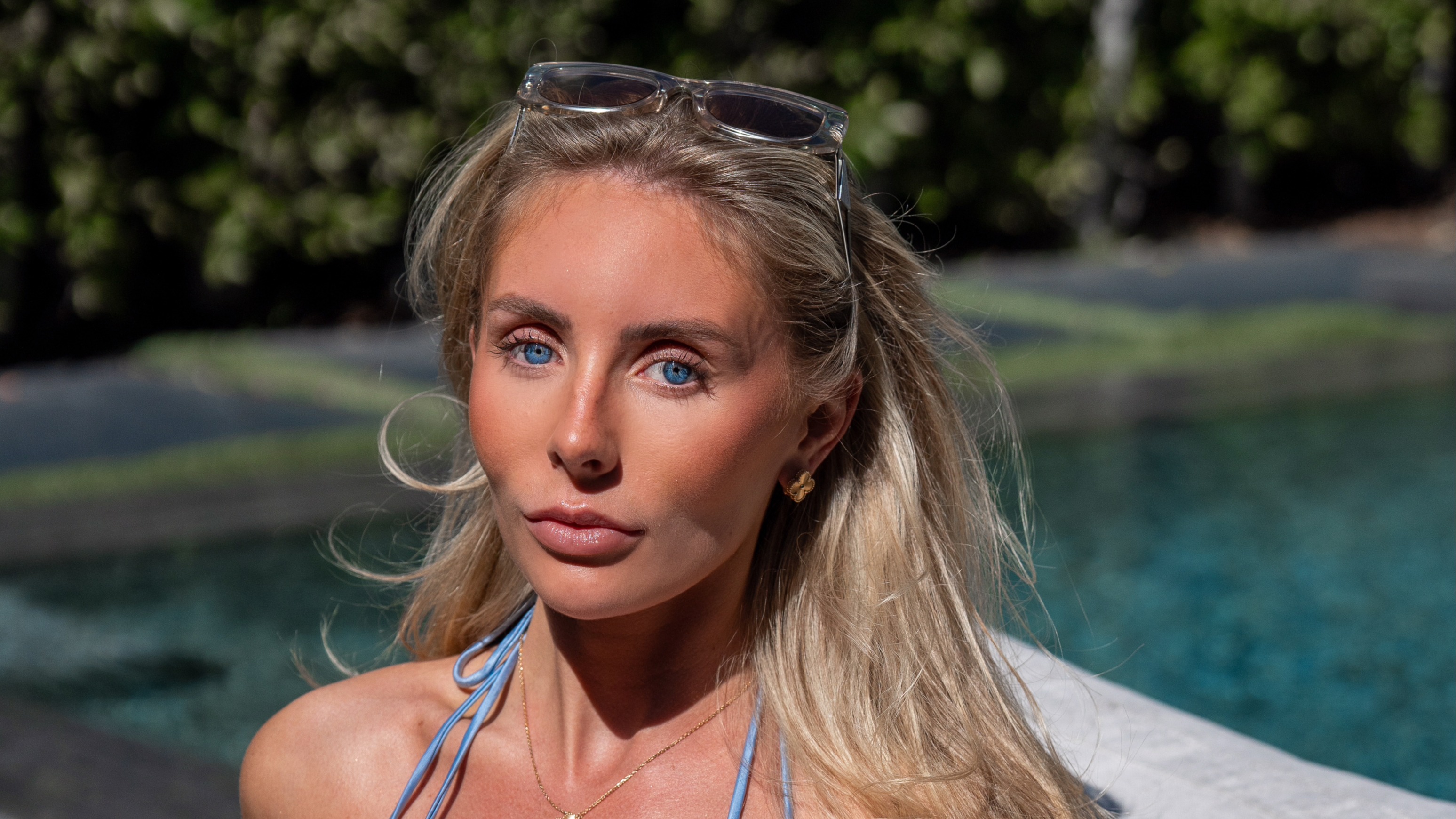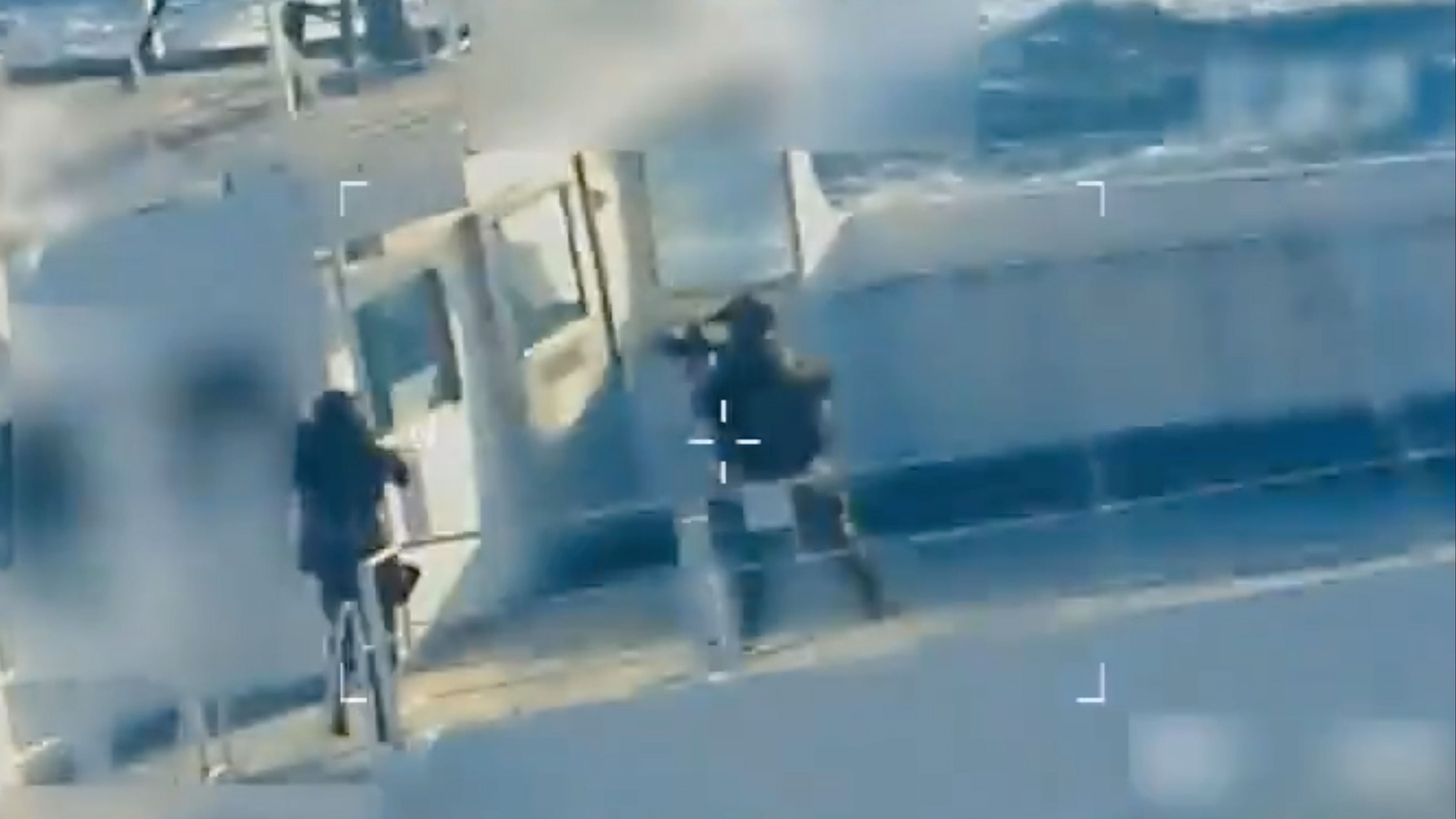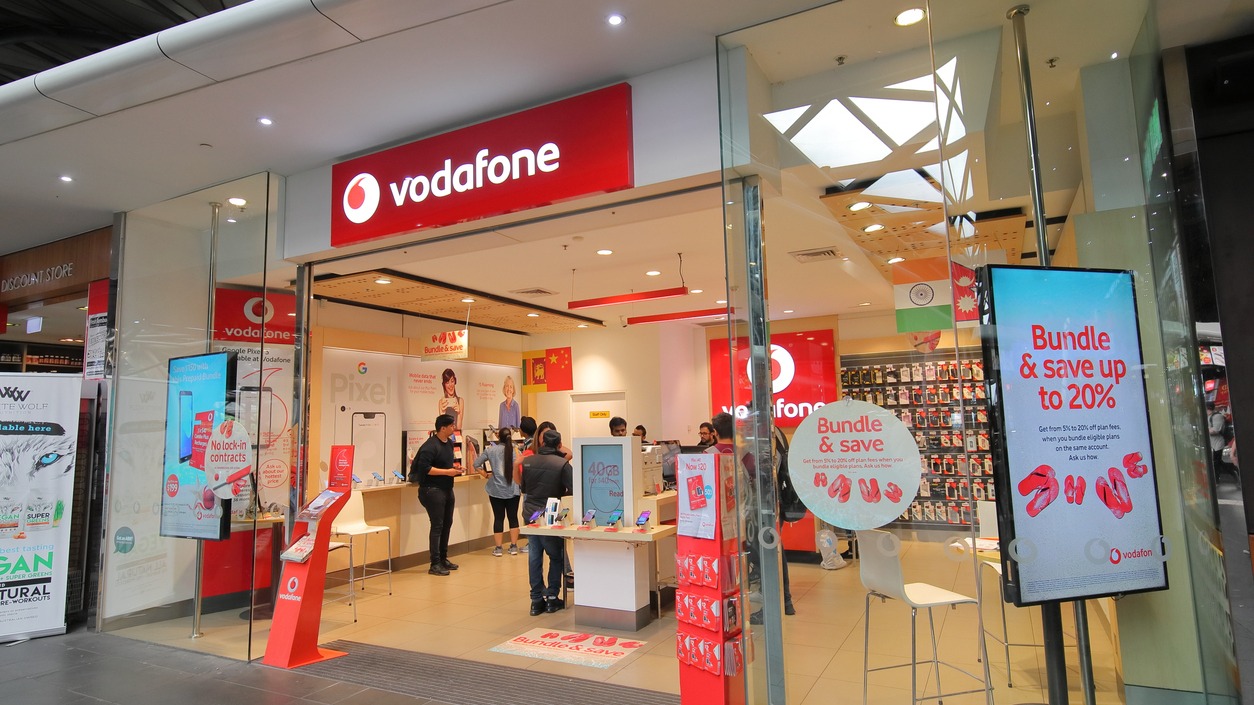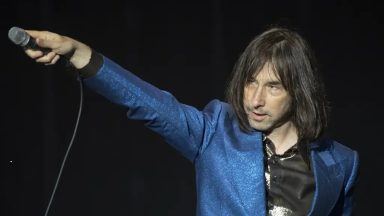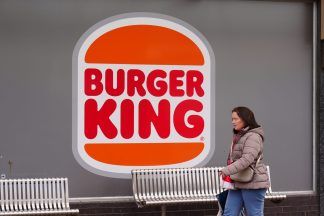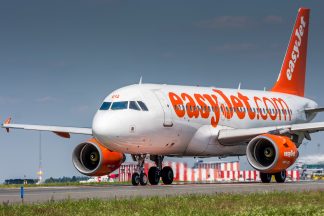ITV News Correspondent Stacey Foster reports from downtown LA, where a curfew has come into effect
A curfew has come into force in Los Angeles on the fifth day of protests against President Donald Trump’s immigration crackdown.
A police helicopter flew over downtown federal buildings on Tuesday night, where the protests largely occurred, and ordered people to leave the area.
Officials said the curfew, in force from 8pm Tuesday until 6am Wednesday local time (4am to 2pm UK time), was necessary to stop vandalism and theft by agitators looking to cause trouble.
President Trump has deployed more than 4,000 National Guard troops as well as 700 US Marines to Los Angeles, a decision Defence Secretary Pete Hegseth said will cost at least $134m and last at least 60 days.
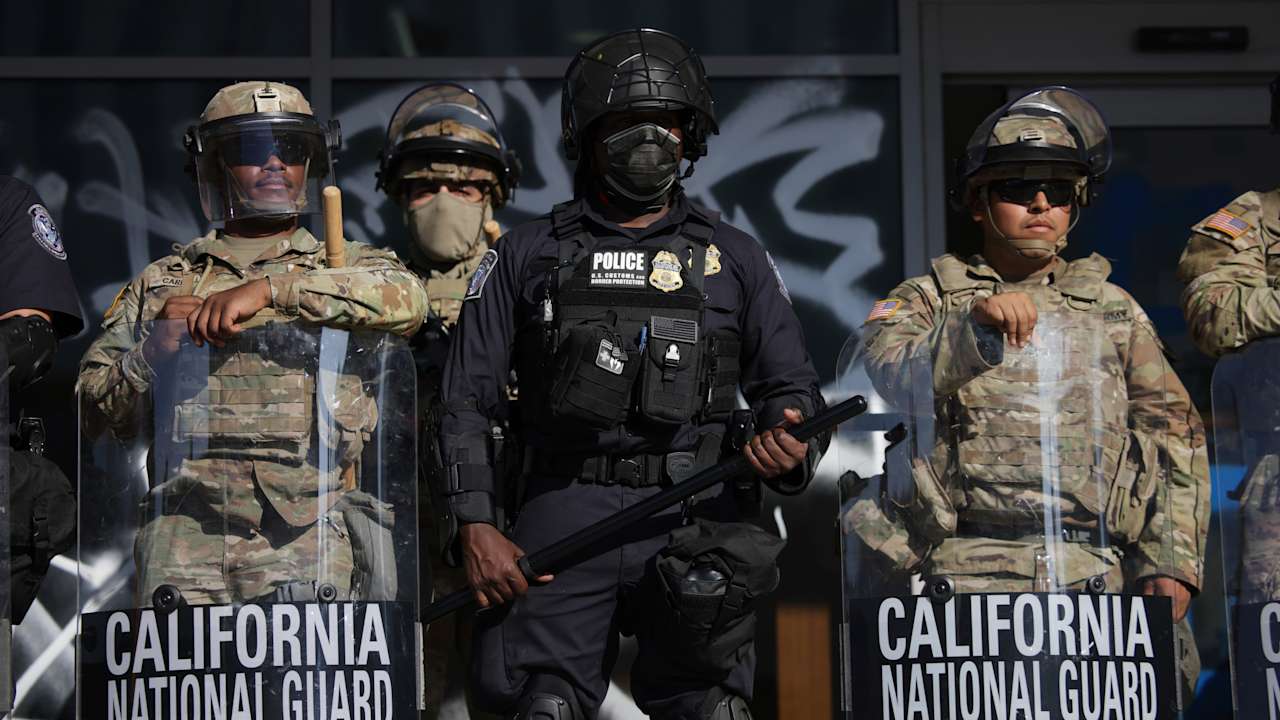
Defending the deployment, President Trump said the city was “under siege until we got there.”
He added: “If we didn’t get involved, Los Angeles would be burning. Los Angeles right now would be on fire and we have it in great shape.”
California Governor Gavin Newsom has filed an emergency request to a federal court to block the Trump administration from using both the National Guard and Marines to assist with immigration raids taking place in LA.
Local officials have criticised the escalation of military presence, with local officials describing it as unhelpful and “sowing terror.”
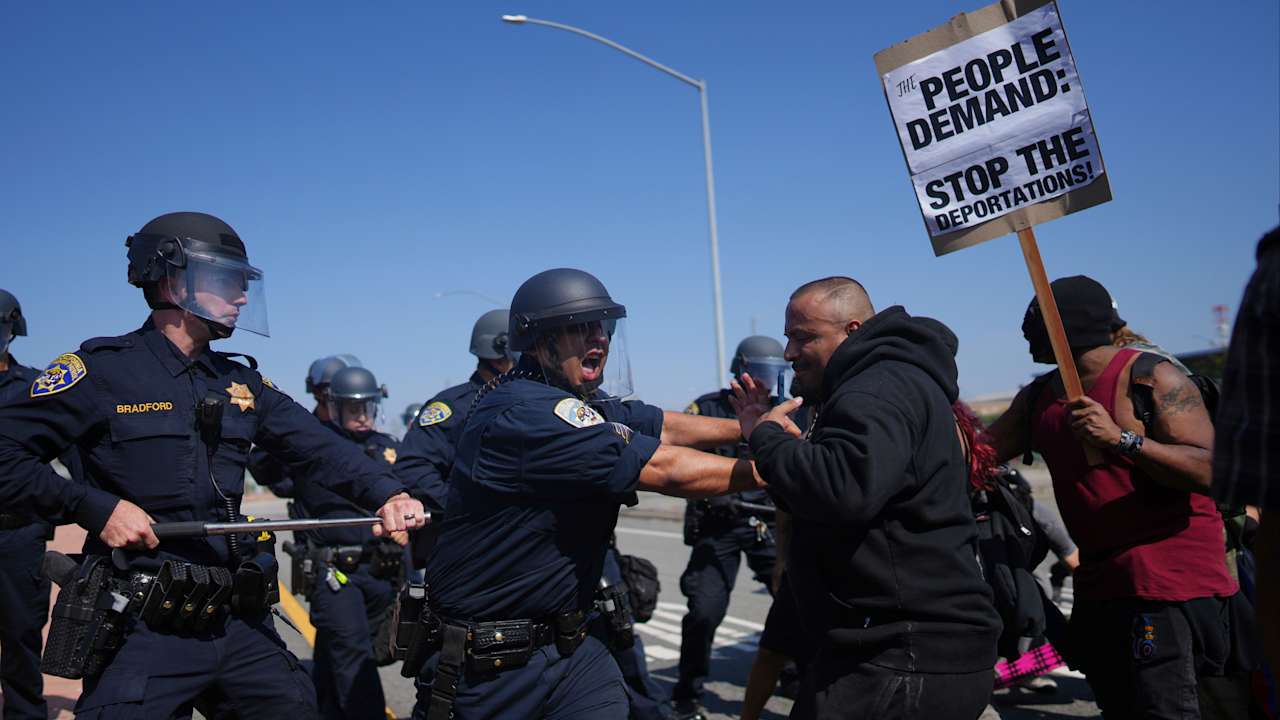
On Tuesday, Los Angeles Mayor Karen Bass declared a local emergency and imposed the curfew.
“We reached a tipping point” after 23 businesses were looted, Bass said during a news conference.
The curfew covers a 2.5 square kilometre section of LA that includes the area where protests have occurred since Friday. The city of Los Angeles encompasses roughly 2,300 square kilometres overall.

The curfew doesn’t apply to residents who live in the designated area, people who are homeless, credentialed media or public safety and emergency officials, according to Los Angeles Police Chief Jim McDonnell.
McDonnell said “unlawful and dangerous behaviour” had been escalating since Saturday.
“The curfew is a necessary measure to protect lives and safeguard property following several consecutive days of growing unrest throughout the city,” he said.
The violent clashes began after a series of immigration raids in LA on June 6.
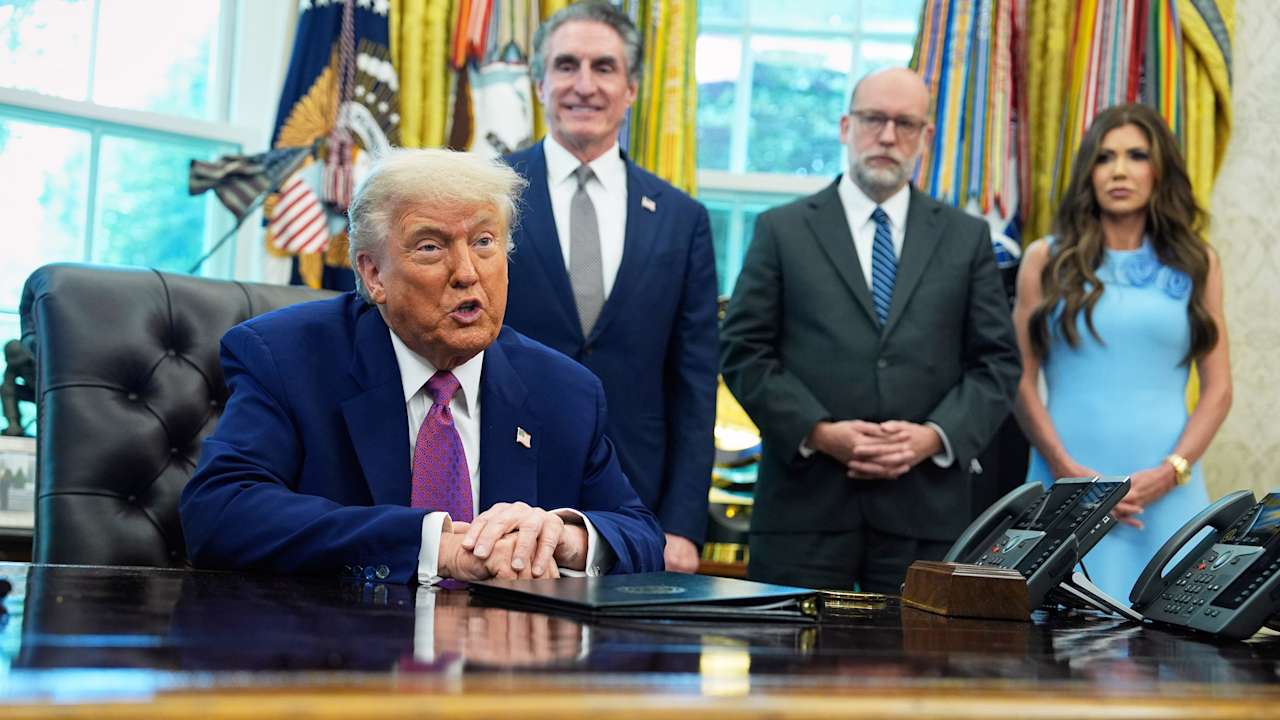
Trump and California officials continued to spar online and off, faulting each other for the fallout.
At the White House, Trump criticised California leaders by saying “they were afraid of doing anything” and signalled he would support Newsom’s arrest over his handling of the immigration protests.
Speaking to reporters inside the Oval Office, the president left open the idea of invoking the Insurrection Act, which is one of the most extreme emergency powers available to the White House.
“If there’s an insurrection, I would certainly invoke it. We’ll see,” Trump said. “But I can tell you last night was terrible, and the night before that was terrible.”
Two officers were taken to hospital due to their injuries but were later released.
The Pentagon has worked to establish guidance for US Marines as they could face the difficult prospect of using force on American citizens.

The protests began Friday in downtown Los Angeles after federal immigration authorities arrested more than 40 people across the city.
Demonstrations have spread to other cities nationwide, including Dallas and Austin, Texas, Chicago and New York, where a thousand people rallied and multiple arrests were made.
In Texas, where police in Austin used chemical irritants to disperse several hundred demonstrators on Monday, Republican Governor Greg Abbott’s office said Texas National Guard troops were “on standby” in areas where demonstrations are planned.
Guard members were deployed to San Antonio, according to Assistant Police Chief Jesse Salame. He said he did not know how many were sent or details on the deployment.
Follow STV News on WhatsApp
Scan the QR code on your mobile device for all the latest news from around the country
